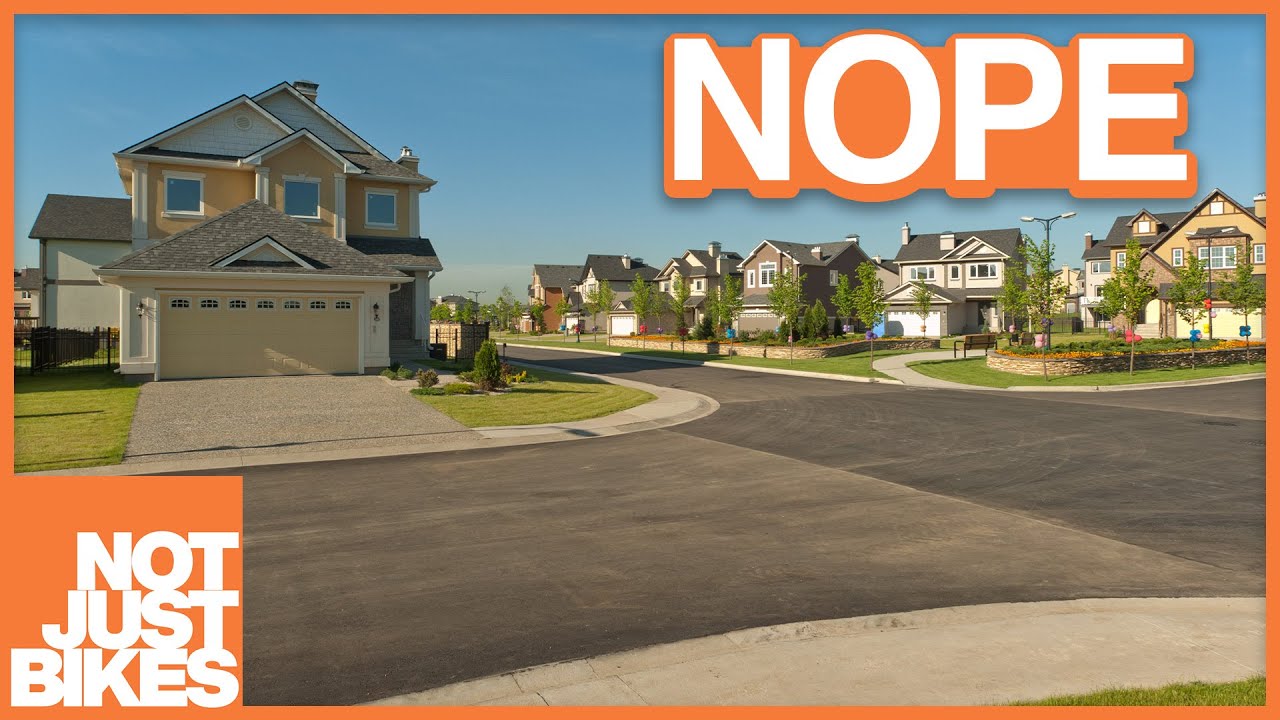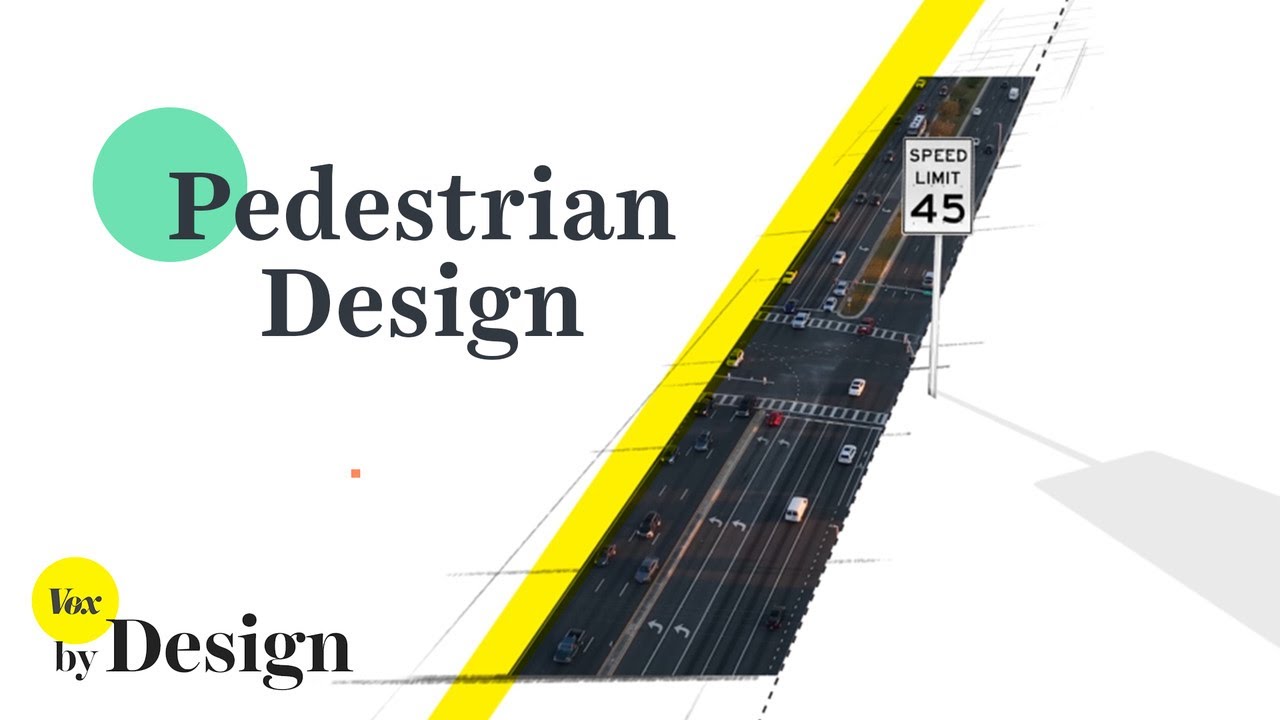It is worth pondering the differences between urban environments in China and in the West. China has mostly (except for the increasing numbers of rich citizens) followed a different path from the West. People mostly live in 30-story apartment buildings, where old ladies can walk across the pedestrian precinct to Walmart, children can walk to school, and nearby mass transit provides effective rapid travel across entire cities.
In many ways the Chinese model is attractive – but nothing in life is free. The Chinese model works for the Chinese people because of their great focus on “face”. There is a very high degree of public decorum, and a very low tolerance for public anti-social behavior. Very different from what San Franciscans, New Yorkers, or Londoners tolerate, or even celebrate.
Indeed. I am old enough to remember the great flight from the urban hives in cities in the eastern U.S. to the suburbs carved out of the surrounding farms which were made uneconomical to exploit by large, industrial-scale farming in mid-continent and oppressive taxation to support the cities. The “one man, one vote” judicial ukases of the 1960s which empowered the iniquitous cities to loot those who had fed them for centuries only accelerated this trend.
But those who fled the cities did so for good reason. The cities, which had been magnets for those wishing to advance themselves and attractive homes for those who had succeeded became increasingly dangerous, dirty, degraded, and dysfunctional as the “Great Society” programs destroyed families in the lower classes and subsidised the emergence of an urban underclass which was not domesticated. Productive people of all races and classes moved out, as they did not want to raise their children in an environment far worse than the one in which they’d grown up.
Are the suburbs ideal? Maybe not. But if you were living in a city in, say, 1965, they were a heck of a lot better than what you saw living not far from downtown. Did you need a car? Sure, but you could afford one with a few months’ work at the factory and gas was a quarter a gallon.
If you want people to live like those in Amsterdam, you need to create a culture which is as safe, clean, and responsible as Amsterdam. And getting there from where North America is today, with its deadly embrace of “vibrant diversity” is not an easy task.
And the closest I’ve come to being run down on a city street was when I accidentally wandered into a bike path in Amsterdam.
Amen. This is why suburbs exist in North America, and will continue to for the foreseeable future.
Whether in a skyscraper – or suburban sprawl --humans occupy a small part of the biosphere-- but the coal electric plants in China – pollute it more than rest of the world.
And being built as I type, while West dismantles their coal plants.
I’m not sure about this analysis. It seems to neglect any economic contributions that suburbanites make to the downtown economy (contributions that allow tax revenue to be drawn out of it). For example, many of the people who work in the office buildings that make up the business district live in the suburbs. Likewise, the biggest spenders in the commercial hubs are likely to be affluent suburbanite shoppers.

![Suburbia is Subsidized: Here's the Math [ST07]](https://scanalyst.fourmilab.ch/uploads/default/original/2X/3/3122b92d8446b86747029f2db1682666d6da0ae7.jpeg)
